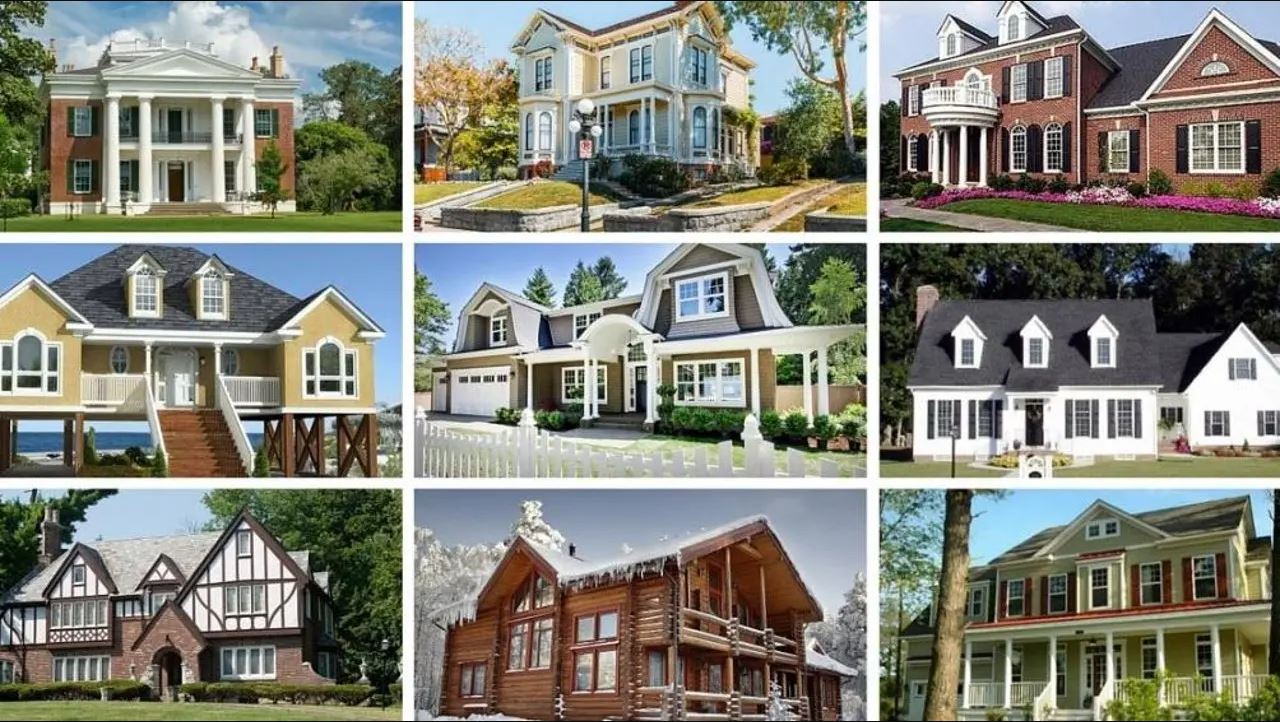Luxury homes in Canada are distinguished by their blend of natural beauty, innovative design, and functional elegance, catering to affluent homeowners who value exclusivity, comfort, and sustainability. As architectural trends evolve, Canadian luxury homes are increasingly characterized by a harmonious integration with the surrounding environment, advanced technological features, and a focus on sustainable building practices. This comprehensive article explores the current architectural trends shaping luxury homes across Canada, offering insights into what’s in vogue among discerning buyers and homeowners.
Evolution of Luxury Home Architecture in Canada

The concept of luxury home architecture in Canada has evolved significantly over the years, reflecting the country’s diverse landscapes, climate considerations, and cultural influences. Traditionally, luxury homes were defined by expansive square footage, grand entrances, and traditional architectural styles. Today, while size and opulence still hold appeal, modern luxury homes in Canada are characterized by:
- Integration with Nature: Emphasis on maximizing natural light, views, and outdoor living spaces.
- Contemporary Design: Clean lines, open layouts, and minimalist aesthetics that blend modern sophistication with functional elegance.
- Sustainable Practices: Incorporation of eco-friendly materials, energy-efficient systems, and green building certifications.
Current Architectural Trends in Canadian Luxury Homes
1. Contemporary and Modern Aesthetics
Contemporary architectural styles continue to dominate the luxury home market in Canada, offering a seamless blend of sophistication and functionality. Key features include:
- Open Concept Layouts: Spacious interiors that promote fluidity between living, dining, and kitchen areas, often with high ceilings and expansive windows.
- Clean Lines and Minimalist Design: Emphasis on simplicity, with sleek finishes, geometric shapes, and uncluttered spaces that create a sense of openness.
- Integration of Indoor and Outdoor Spaces: Expansive glass doors and walls that blur the boundaries between indoor living areas and outdoor landscapes, maximizing views and natural light.
2. Sustainable Building Practices
Environmental consciousness plays a significant role in luxury home architecture in Canada, with a growing emphasis on sustainable building practices. Trends include:
- Energy Efficiency: High-performance insulation, triple-glazed windows, LED lighting, and efficient HVAC systems to minimize energy consumption.
- Green Building Certifications: Pursuit of certifications such as LEED (Leadership in Energy and Environmental Design) or Passive House standards to ensure homes meet stringent sustainability criteria.
- Use of Recycled and Eco-Friendly Materials: Incorporation of reclaimed wood, recycled glass, and other sustainable materials in construction and interior finishes.
3. Smart Home Technology
Intelligent home automation is a hallmark of modern luxury living in Canada, offering convenience, security, and energy efficiency. Trends include:
- Smart Home Systems: Integration of centralized control systems for lighting, heating, security, and entertainment, accessible via smartphones or voice commands.
- Advanced Security Features: High-definition surveillance cameras, biometric access control, and smart locks that enhance home security.
- Entertainment and Connectivity: Dedicated media rooms, home theaters, and integrated audiovisual systems for immersive entertainment experiences.
4. Functional and Versatile Living Spaces
Luxury homeowners in Canada value adaptable living spaces that cater to diverse needs and lifestyles. Trends include:
- Multi-functional Rooms: Flexibility to transform spaces into home offices, gyms, guest suites, or entertainment areas, accommodating changing family dynamics and preferences.
- Outdoor Living Areas: Expansive decks, patios, and landscaped gardens designed for outdoor dining, relaxation, and recreation, often equipped with heating elements for year-round use.
5. Wellness-Oriented Design
Health and well-being are integral to luxury living in Canada, influencing architectural trends towards wellness-focused design elements. Trends include:
- Spa-Like Bathrooms: Luxurious en-suite bathrooms with soaking tubs, steam showers, and integrated wellness features such as aromatherapy and chromotherapy.
- Fitness Facilities: Dedicated home gyms equipped with state-of-the-art exercise equipment, yoga studios, and indoor swimming pools for physical fitness and relaxation.
- Biophilic Design: Incorporation of natural materials, indoor plants, and ample natural light to create a calming and rejuvenating living environment.
6. Regional Influences and Cultural Heritage
Luxury home architecture in Canada often reflects regional influences and cultural heritage, celebrating local craftsmanship and architectural traditions:
- Modern Rustic: Fusion of contemporary design with rustic elements such as exposed wood beams, stone accents, and natural finishes that complement the surrounding landscape.
- West Coast Modern: Emphasis on clean lines, large windows, and open spaces that capture views of the Pacific Ocean and rugged coastal terrain in British Columbia.
- Canadiana Charm: Incorporation of elements inspired by Canadian heritage, from log homes and timber framing in the Rockies to Cape Cod style in coastal regions of the Atlantic.
Factors Driving These Trends
Several factors contribute to the popularity of these architectural trends in Canadian luxury homes:
- Climate Considerations: Designing homes to withstand extreme weather conditions and maximize energy efficiency in varying climates across Canada.
- Urbanization and Suburbanization: Preference for luxury living in urban centers, suburbs, and rural retreats that offer privacy, space, and access to natural amenities.
- Technological Advancements: Innovation in building materials, construction techniques, and smart home technologies that enhance comfort and sustainability.
- Consumer Preferences: Increasing demand for personalized, bespoke homes that reflect individual tastes, lifestyles, and values.
Conclusion
The architectural landscape of luxury homes in Canada is dynamic, blending modern sophistication with environmental stewardship and cultural influences. From contemporary aesthetics and sustainable building practices to smart home technology and wellness-focused design, today’s luxury homes epitomize innovation, elegance, and functionality. By embracing these architectural trends, homeowners not only enhance their living experience but also contribute to a sustainable and technologically advanced future of luxury living in Canada. Whether you’re considering a new build, renovating an existing property, or simply seeking inspiration, understanding these trends will guide you in creating a bespoke residence that harmonizes with its surroundings while meeting the highest standards of luxury and architectural excellence. As the market continues to evolve, staying informed about emerging trends ensures your home remains a sanctuary of comfort, sophistication, and timeless beauty for years to come.
